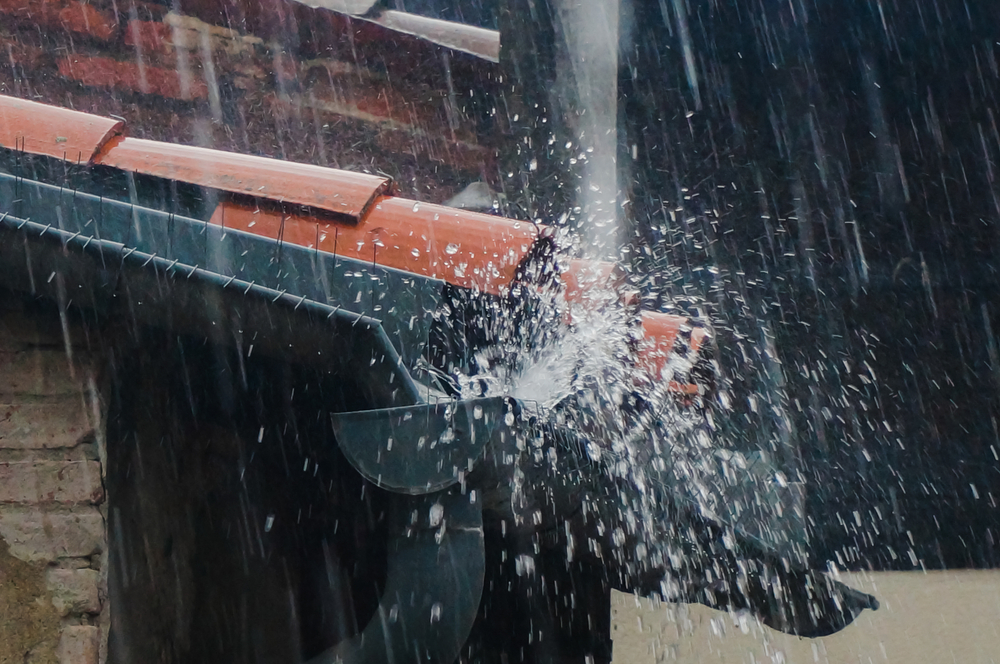The scent of rain, known as petrichor, might seem poetic—but it’s rooted in an evolutionary relationship between soil bacteria and microscopic creatures.
Others are reading now
Everyone knows the smell of rain. That earthy, rich scent that rises from dry soil the moment rain begins to fall feels almost magical. It evokes memories, promises relief from summer heat, and signals the start of a storm.
But what we experience as poetic is actually a microbial survival strategy millions of years in the making.
It starts with bacteria—and a lot of chemistry
The term “petrichor” was coined in 1964 by Australian scientists Isabel Bear and Dick Thomas. They found that the smell comes from oils and organic compounds accumulating in soil, which get released into the air when rain disturbs the surface.
At the heart of petrichor are two volatile organic compounds: geosmin and 2-methylisoborneol (2-MIB).
Also read
According to Ryan Busby of the U.S. Army Corps of Engineers, these are emitted by soil-dwelling bacteria and vary in concentration across environments. Geosmin tends to be consistent, while 2-MIB fluctuates, which explains why rain smells a bit different from place to place, reports popsci.com.
These compounds are incredibly potent. Humans can detect geosmin in water at parts per trillion—about one teaspoon in 200 Olympic swimming pools. That hypersensitivity may be evolutionary, guiding us to moist environments where water is abundant.
Springtails and spore delivery
But there’s more to the story. A 2020 study in Nature Microbiology found that these smelly compounds also serve a purpose for the bacteria themselves.
Produced only during bacterial sporulation, geosmin and 2-MIB attract springtails—tiny, six-legged arthropods with a taste for microbial snacks.
When springtails consume bacterial spores, they later excrete them intact, helping the bacteria colonize new environments. In essence, the smell of rain is a bacterial broadcast designed to summon a ride to better real estate.
From poetry to poop—and back again
The romantic aroma of petrichor is, quite literally, a strategy involving poop and spores. As soil dries, bacteria release a burst of these volatiles, drawing in arthropods to help disperse them before conditions become inhospitable.
So while it might feel less poetic to learn that rain’s scent is part of a survival plan involving bacterial digestion, it’s still a story of resilience and co-evolution—one that includes us, too.


